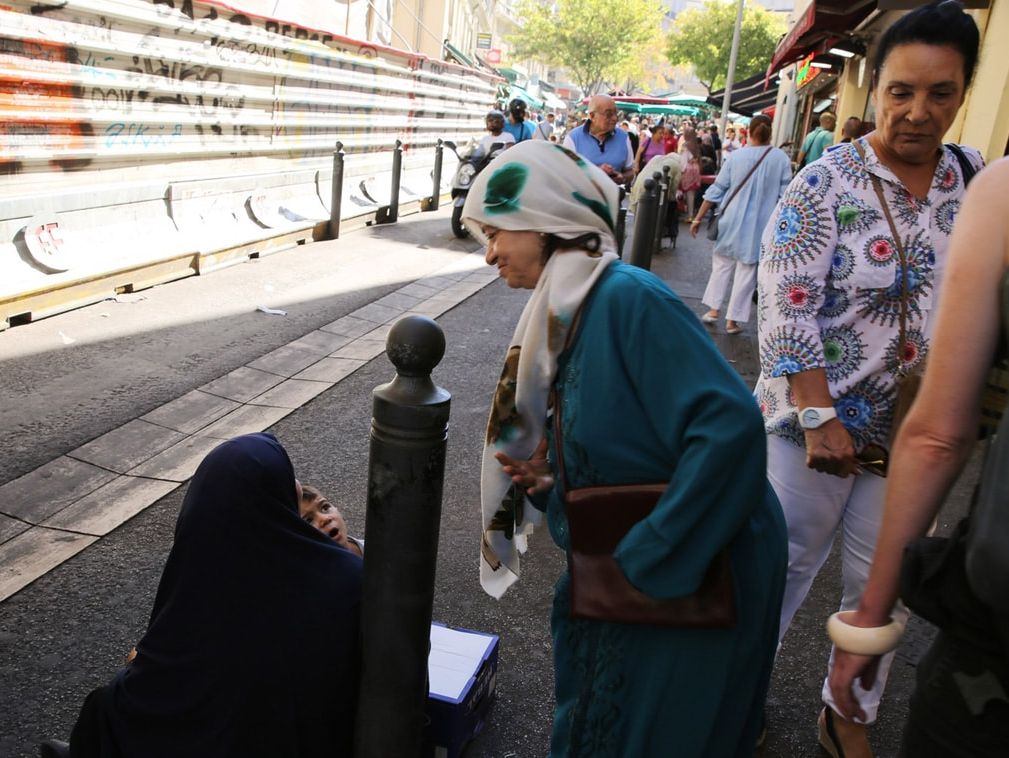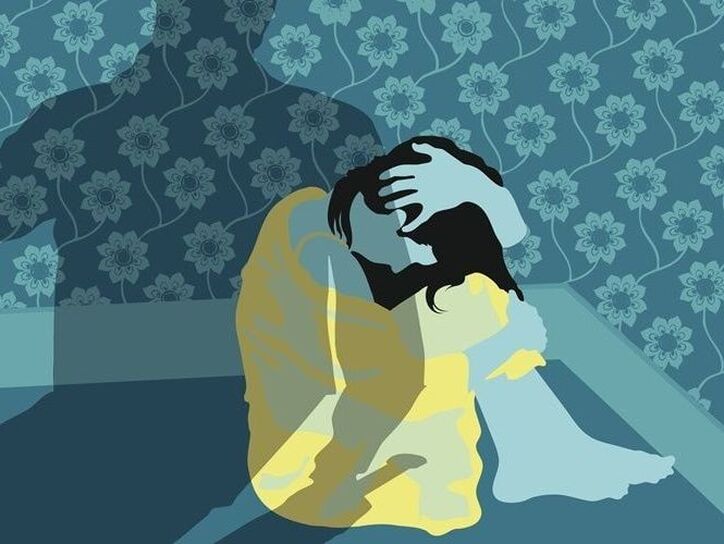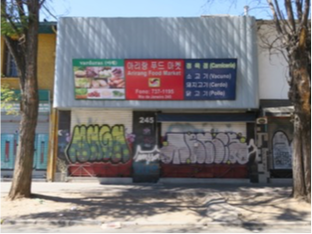|
|
|
When I was asked to write a blog to accompany my Identities article, 'The most cosmopolitan European city: situating narratives and practices of diversity in Marseille', I was asked to provide a suitable image. This faced me with a dilemma that cuts to the heart of my argument: how to choose a picture that symbolises cosmopolitanism in Marseille without falling into stereotypical representations of what and where cosmopolitanism is, and who represents it?
Searching the internet for images of 'cosmopolitan Marseille' in English and in French ('Marseille cosmopolite') brought up quite different results. In the English language search, the majority of photographs showed shots of Marseille intended for international tourists: terrace cafés, well-known landmarks and generic promotional images from restaurant chains, bars and rental apartments. There was just one picture of a busy multi-ethnic market street. In the French search, similar touristy images also came up, alongside images that felt both more everyday and more ‘local’: interiors from different shops displaying open bags of spices for sale and a photograph from the municipal website of local politicians receiving international delegations from Marrakesh and Dakar, accompanied by a title describing Marseille as coloré et cosmopolite ('colourful and cosmopolitan'). There were, in addition, several references to specific impoverished neighbourhoods in the city-centre that are often taken as the embodiment of Marseille’s ‘cosmopolitanism’ while at the same time are the target of local and national urban renewal programmes that seek to attract a different - less ethnically-marked - population into the city centre for many decades now.
0 Comments
The Chernobyl nuclear disaster occurred on 26 April 1986 in the Soviet Union. Children born before and after 1986 were at risk of developing different health conditions. For example, instances of thyroid cancer increased 40 times due to release of radioactive iodine. After the collapse of the Soviet Union in 1991, borders opened and many Western charities offered recuperation to affected children in host families abroad during summer. The idea was to take children out of contaminated territories and provide them with an environment free from radiation. Belarus was the most affected, having 23.5% of its territory contaminated with radioactive cesium and strontium. Italy was the most active in these recuperation programmes; it has hosted more than half of all affected children from Belarus.
The goal of my Identities article, 'Kinning as intimate disaster response: from recuperation in host families to educational migration of the Chernobyl children from Belarus to Italy', was to uncover what happened to these children and their host families over time. I demonstrate that one of the unexpected outcomes of Chernobyl children’s recuperation in Italy was their educational migration to Italy for further education as they grew up (some went on to attend high school in Italy; the majority of these went on to do their Bachelor and/or Master’s degrees in Italy, as well). I argue that educational migration became possible due to kinning – strong emotional bonds developed between the Belarusian children and their Italian host families over their repeated encounters during the humanitarian programme of child recuperation abroad. The concept of kinning has been used in the studies of transnational adoption (by Signe Howell) and domestic and institutional care work (by Loretta Baldassar and colleagues). My article applies kinning to the studies of disasters, migration and humanitarianism.
Indonesian women victims of domestic violence commonly experience a sense of shame, however unreasonable that might seem to those outside the community. However, it is understandable for two reasons.
Firstly, most Indonesians consider marriage a sacred institution, the harmony of which must be maintained to support not just the marriage itself but broader social harmony. Secondly, to Indonesians the wife is seen as responsible for maintaining family harmony due to the values of nurturing and caring traditionally assigned to the female gender. Hence, a failure to maintain marital or familial harmony is blamed on the wife who, should she decide to divorce, may be described as an ‘unfaithful wife’, ‘undutiful housewife’ and an ‘unloving mother’, with little or no basis for such accusations. Even when domestic violence has occurred and the marriage cannot reasonably continue as there is threat of continued physical and emotional violence and other abuse of the women and their children, the women still feel shame. Having internalised societal values, women feel that they have failed to meet society’s and their own expectations.
Patronato is a well-known commercial neighbourhood in Santiago, Chile with a tradition of migrants’ settlement and entrepreneurship that dates back to the nineteenth century. Today, the area is branded as a textile and vibrant ‘multicultural commercial neighbourhood’, as read in several street signs. Traders and workers’ ancestries include Chilean, Korean, Chinese, Indian, Peruvian, Palestinian, Syrian, Haitian, Colombia and Venezuelan, among many others. Yet, despite its growing diversity, Patronato is often described (in the media, films and popular narratives) as a Palestinian-Korean neighbourhood.
In our Identities article, ‘Contested and interdependent appropriation of space in a multicultural commercial neighbourhood of Santiago, Chile’, we analyse memories, images and uses of space by entrepreneurs of Korean and Palestinian ancestry, as well as their competing and reciprocal appropriation of space. Through processes of social production and construction of space (Low 2017), we examine their experiences of making, inhabiting and appropriating space, in relation to the transformations of the political economy. |
|
Explore Identities at tandfonline.com/GIDE |
|
The views and opinions expressed on The Identities Blog are solely those of the original blog post authors, and not of the journal, Taylor & Francis Group or the University of Glasgow.





